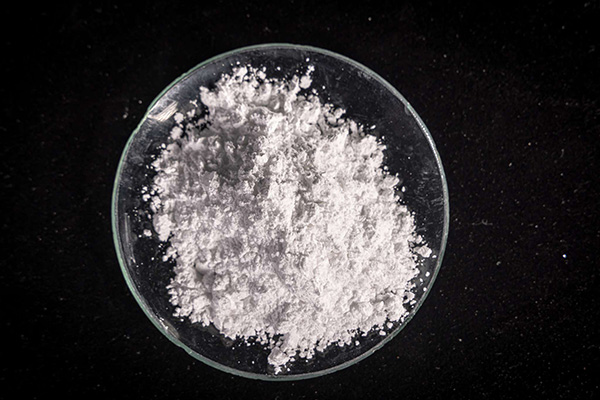Fire retardants are essential additives used in various materials to slow down or prevent the spread of flames. Among the many flame-retardant compounds available, magnesium hydroxide (Mg(OH)₂) stands out as an effective, environmentally friendly, and non-toxic option. magnesium hydrate is widely used in plastics, construction materials, textiles, and electrical cables to enhance fire resistance.
Mechanism of Fire Retardancy
Magnesium hydroxide Flame Retardant acts as a flame retardant through multiple mechanisms, making it highly effective in suppressing combustion:
1. Endothermic Decomposition
When exposed to heat, Magnesium hydroxide Flame Retardant decomposes into magnesium oxide (MgO) and water (H₂O). This reaction is highly endothermic, meaning it absorbs a significant amount of heat energy from the surroundings, thereby cooling the material and delaying ignition.
Mg(OH)₂ → MgO + H₂O (ΔH ≈ 1300 kJ/kg)
The absorbed heat reduces the temperature of the burning material, slowing down pyrolysis (thermal decomposition) and limiting fuel supply to the flame.
2. Release of Water Vapor
The water released during decomposition acts as a flame suppressant by:
Diluting flammable gases (such as hydrocarbons) and oxygen in the combustion zone.
Lowering the temperature due to the high heat capacity of water vapor.
This dual action helps to smother the fire and reduce its intensity.
3. Formation of a Protective Char Layer
After decomposition, the remaining magnesium oxide (MgO) forms a thermally stable, non-combustible char layer on the material's surface. This layer:
Magnesium hydroxide Flame Retardant Acts as a thermal insulator, preventing further heat transfer to the underlying material.
Magnesium hydroxide Flame Retardant Blocks oxygen diffusion, starving the fire of a critical combustion component.
Magnesium hydroxide Flame Retardant Reduces smoke and toxic gas emissions, improving safety during a fire

Advantages of Magnesium Hydroxide as a Fire Retardant
Magnesium hydroxide Flame Retardant Compared to traditional flame retardants (such as halogenated compounds), magnesium hydroxide offers several key benefits:
1. Non-Toxic and Environmentally Friendly
Unlike brominated or chlorinated flame retardants, magnesium hydrate does not release toxic gases (e.g., dioxins or hydrogen halides) when burned. This makes it safer for both humans and the environment.
2. High Thermal Stability
magnesium hydrate decomposes at around 300–330°C, which is higher than aluminum hydroxide (Al(OH)₃, decomposes at ~180°C). This allows it to be used in polymers processed at higher temperatures without premature decomposition.
3. Low Smoke and Corrosion
Since it does not produce corrosive or dense smoke, magnesium hydrate is ideal for applications where visibility and air quality are critical, such as in public transportation and building materials.
4. Halogen-Free
Many industries are shifting toward halogen-free flame retardants due to environmental regulations (e.g., RoHS, REACH). magnesium hydrate complies with these standards, making it a preferred choice in electronics and construction.

